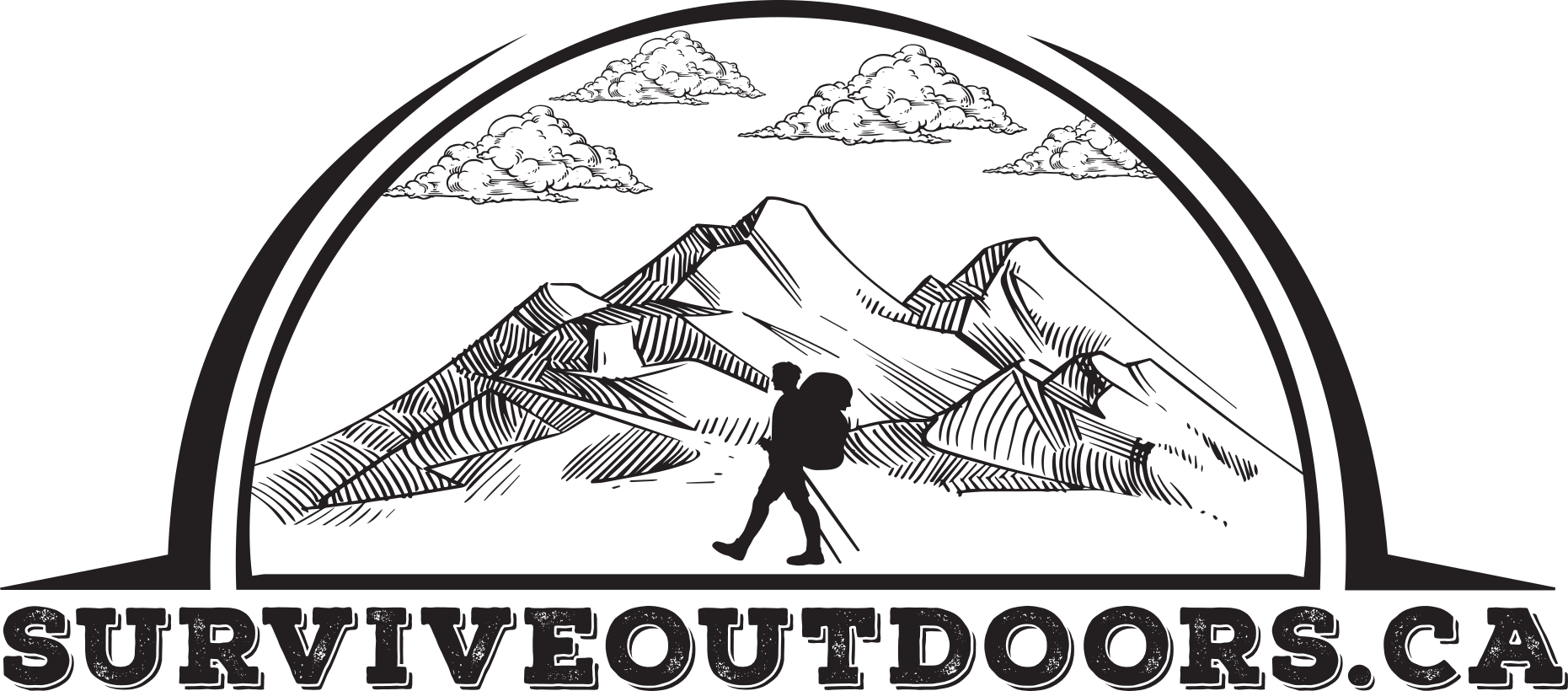The plan was to drive 10 hours to Wawa Ontario and stay at a motel near the water. We’d grab a meal, relax, get a good sleep and drive the last 7 and a half hours to the Wabakimi Outfitters Lodge. That changed when I got a phone call a little over an hour into the drive from the motel. Our reservation was cancelled due to plumbing issues. In hindsight, I should have pulled over immediately to rebook, but when you have a 10 hour drive in front of you, you just want to keep moving. At the first gas stop just after Parry Sound I started calling motel’s in Wawa… all booked. Of course! Everyone else that had a reservation was smart enough to rebook right away. We got to Sault Ste. Marie around 5pm and decided to get a bite to eat and figure out where to stay for the night. We were about 7 hours in and 2 and half hours from Wawa. There isn’t much between Sault Ste. Marie and Wawa, and not much after it, so motel options ran out. We decided to stay at motel just down the street from the restaurant. One option was to get a campsite at Lake Superior Provincial Park, but rain in the forecast had us packing up in the wet, it would not be the relaxing evening we wanted before another full day of driving.
We were up early, grabbed breakfast and were on the road for 7am. I’m glad we didn’t rush this part of the drive. The view while driving around Lake Superior is incredible! I would do the drive again just for the sights. After a couple of stops for gas, we went into Thunder Bay for the last fill up before the last stretch up 527. A few kilometers in a bear ran in front of the car. Quick reflexes and good brakes kept him from wrecking my bumper.
We arrived at the Outfitter and did some last minute gear changes for the weather (Tuesday night was forecasted to be 3C). Had dinner, and went over our maps and route with Bruce before bed. The float plane was coming for us at 7am!


